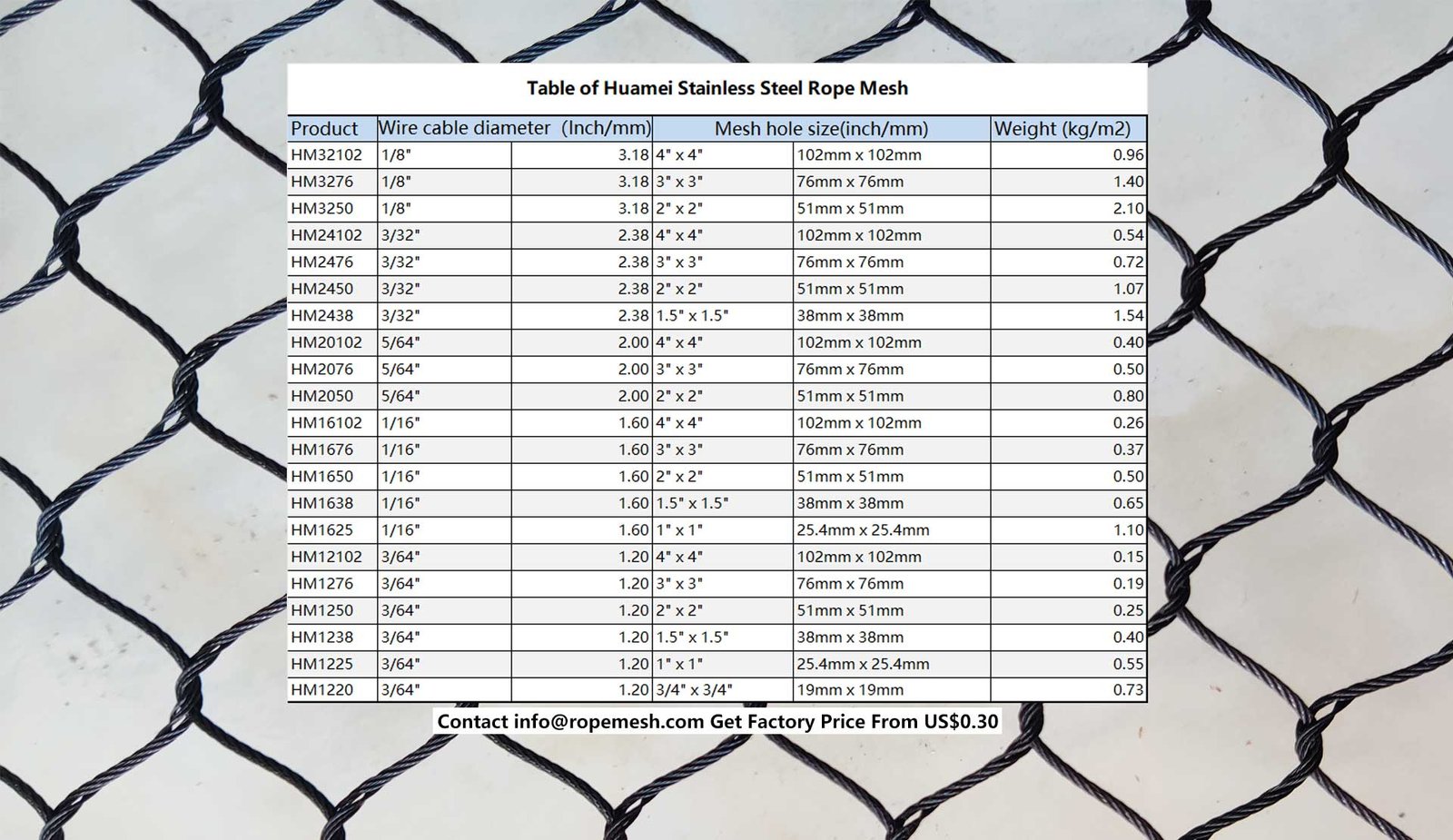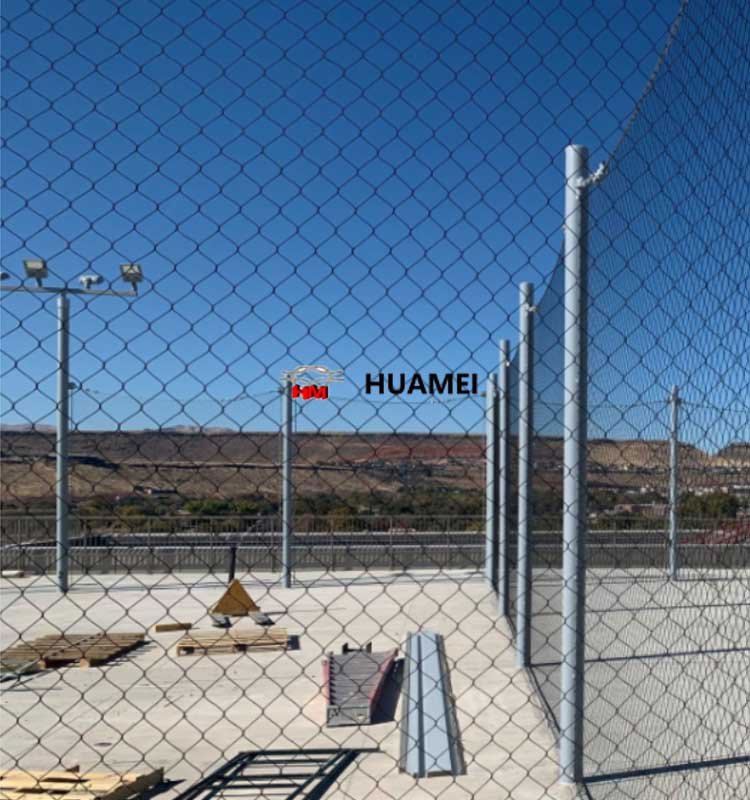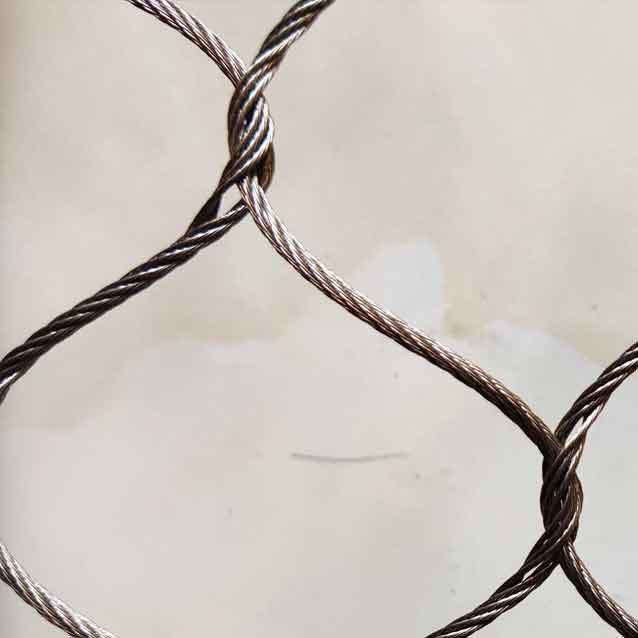Introduction to Zoo Fences
Zoo fences serve as an essential component in the design and management of zoological parks, functioning to safeguard the well-being of animals and to ensure the safety of visitors. Historically, the concept of fencing in zoos has evolved significantly, reflecting advancements in both materials and design. Initially, many zoos relied predominantly on basic metal bars or wooden enclosures, which often fell short in providing adequate safety and comfort for the animals housed within them. However, as our understanding of animal behavior and welfare has improved, so too have the innovations in zoo fence construction.
The primary purpose of a zoo fence is to maintain a secure barrier between the animal enclosures and the public, preventing any potential interactions that could lead to dangerous encounters. With the introduction of stronger and more durable materials—such as reinforced glass, chain-link fencing, and specialized acrylics—the modern zoo fence not only enhances security but also prioritizes the comfort of the animals by reducing stress and providing them with a more naturalistic environment. Current designs often integrate landscaping and various textures to mimic the animals' natural habitats while maintaining an effective separation from human visitors.
This commitment to creating safe enclosures not only protects the animals but also helps to enhance the visitor experience. Visitors can observe wildlife in a more immersive and engaging manner without compromising safety. By understanding the evolution of zoo fencing, one can appreciate the significance of these structures, not merely as barriers, but as vital contributors to both conservation efforts and education in our increasingly interconnected world. The continuous development of zoo fences represents a blend of creativity, functionality, and responsibility, marking the ongoing commitment of zoos to both animal welfare and visitor engagement.


